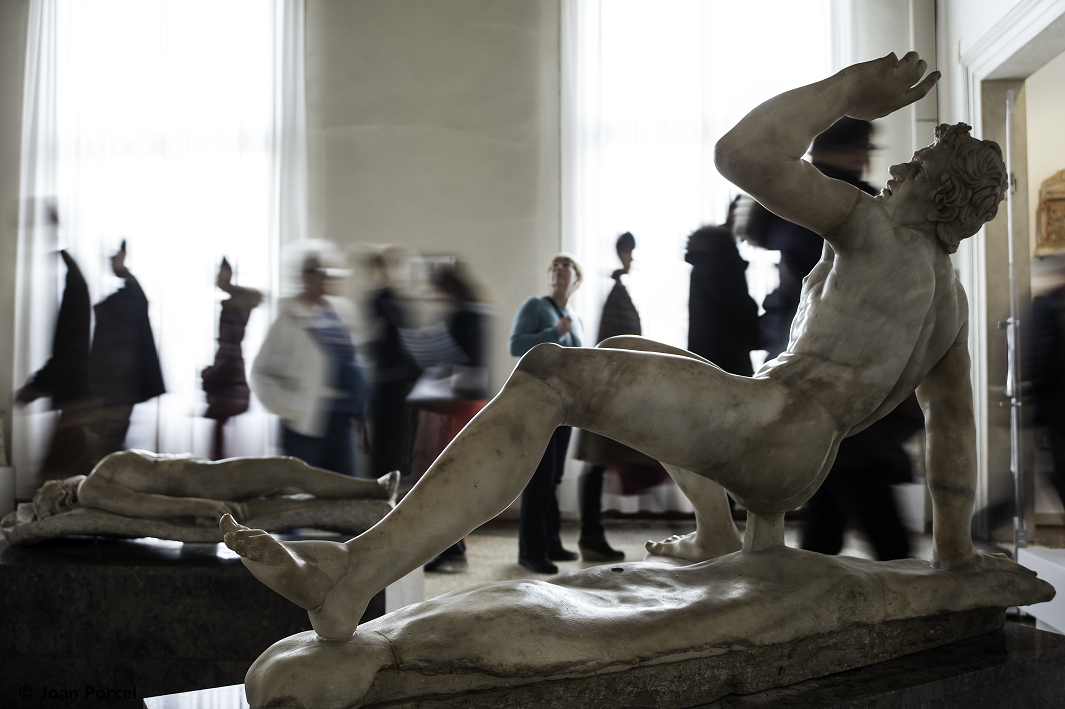The Museum
One of the oldest public museums in Europe
The Archaeological Museum’s history intertwines with the history of Venice and with the city’s relationship with the Ancient.
The bond has been woven since the origins of the Serenissima, well summarized in a constant search for legitimacy through the remains of a past that Venice could not exhibit except for artefacts that came from other places.
Venice’s military, political, and commercial contacts with Greece and the entire Mediterranean allowed it to receive illustrious spolia that went to the public monuments of St. Mark Square as well as to a high-level antique market and numerous antique collections.
These collections as a whole tell a particular aspect of the cultural, economic, social, and political life of the city.
At the end of the 16th century, Giovanni Grimani donated his collection of ancient sculptures, one of the most famous in Venice, to the Republic. This fact gave birth to the Statuary of the Serenissima, which will be housed in the vestibule of the St. Mark Library, transforming a private collection into a public pride.
Although the museum has been moved several times throughout its history, St. Mark Square has always been its seat.

The Place
In the heart of the most noble and singular city
Since 1926, the Archaeological Museum has been located in the initial part of the Procuratie Nuove, which occupies the entire southern side of St. Mark Square. Its rooms, in particular, correspond to the part which was built starting in 1582 by Vincenzo Scamozzi, who could only complete the first ten arches.
The complex, destined for the residences of the procurators, was formerly divided into apartments with large halls overlooking St. Mark Square and smaller rooms to the south overlooking the current Royal Gardens.
Starting in 1807, at the end of the Republic, the entire building was transformed into the Royal Palace of Venice, adapting it to the needs of the new rulers.
Some of the ceiling decorations still belong to the different phases of the Royal Palace.
The view of the rooms of the Archaeological Museum establishes a visual relationship on an urban scale with St. Mark Square and, on the other side, with the St. Mark Basin.








